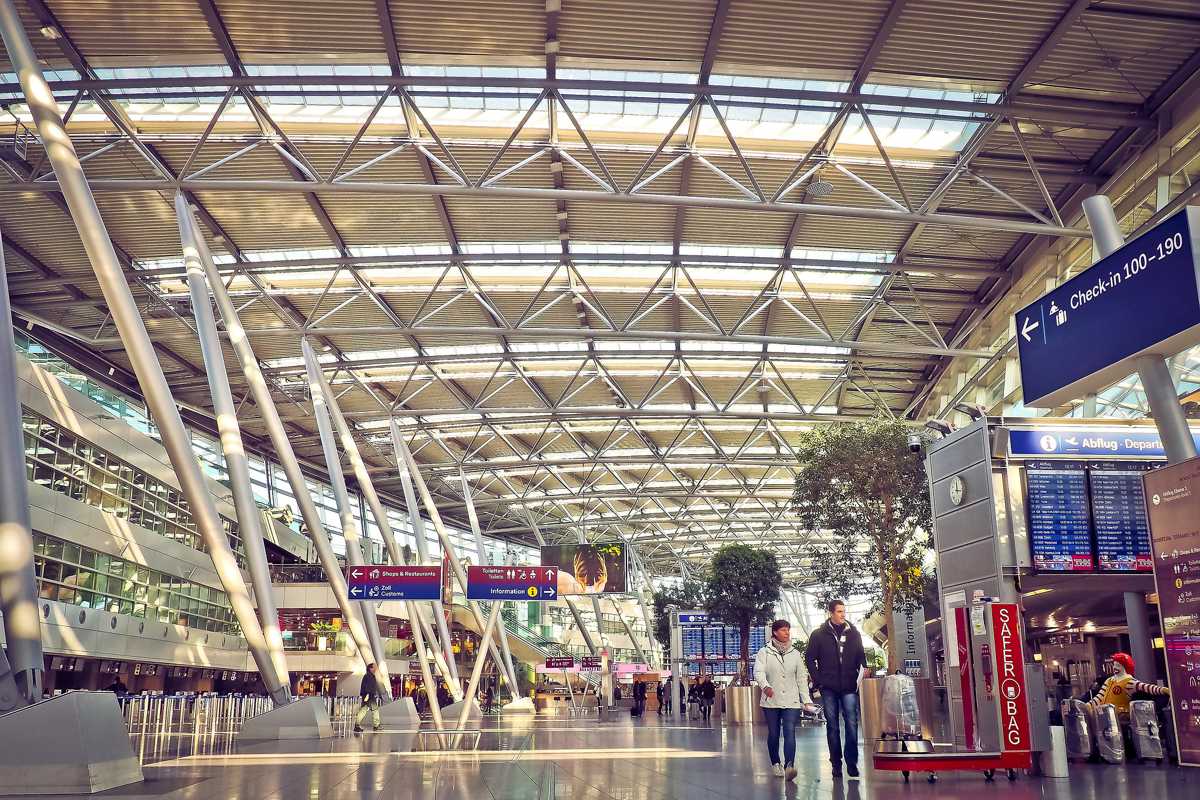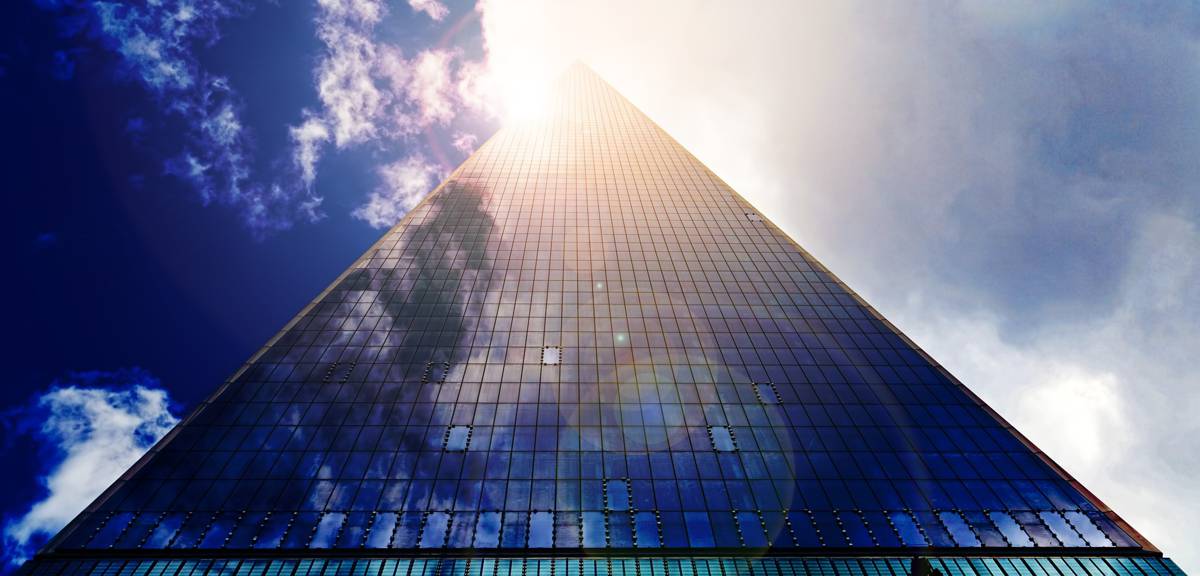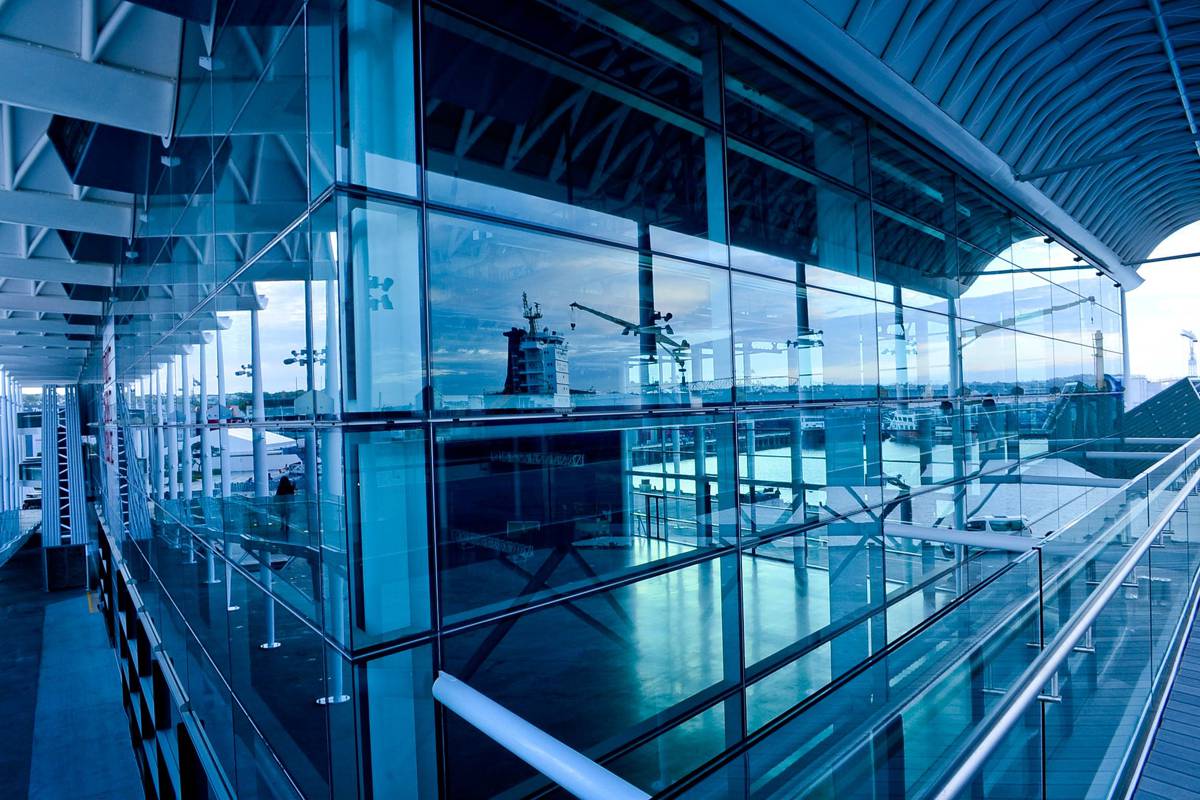How metal buildings retain their structure even when hit by storms
Damaging winds and natural disasters are part of the world’s reality. From time to time, they’re bound to occur, whether you live in a specific disaster-prone area or not. But, for areas that are frequented by hurricanes, landslides, tornadoes, cyclones, heavy storms, etc.
It’s particularly crucial that building owners or people interested in having a structure in these areas take preventive measures to ensure that their houses can stand firm in the face of any disaster.
Doing this would prevent the loss of lives and properties that’s commonly associated with such occurrences. Among others, erecting steel buildings and structures is one of the ways to secure one’s house in the event of strong winds and storms.
Have you ever wondered why metal buildings fair well during storms, especially compared to other types of buildings? Read on to find out why.

Metal and Steel Building 101
When natural disasters like hurricanes, thunderstorms, blizzards, landslides, heavy storms, and cyclones come calling, people in frequented areas brace themselves for the sad impact these occurrences may have on their homes, properties, communities, and even lives. Well, things have started to change with the innovation of metal and steel buildings that can feature even special designs to weather the storm and curb the impact of storms and winds.
Metal buildings have been choice construction for commercial buildings prior to this time, but it’s now fast becoming popular knowledge that metal and steel buildings can be the key to escaping so many common natural disasters, particularly those associated with heavy wind and water. Why? Metal buildings are sturdy and highly durable.
But metallic buildings are more than just disaster-escape structures. They’re affordable and extremely safe (especially if well designed, engineered and constructed). They provide protection from weather elements, intruders, pest infestation, and the like. It’s worth noting that, unlike wooden structures, metal buildings are not susceptible to insect infestations. Typically, pests could be drawn to wooden structures, causing extensive damage. Nevertheless, pests and insects will have less opportunity to engage with metal buildings.
Furthermore, metal buildings can be subject to customization. They can also be tweaked to meet their owners’ protection and environmental needs.
Contrary to the popular opinion that steel and metal buildings would be inflexible when it comes to design, metal structures can be designed to fit diverse aesthetic preferences. This means that they don’t always look like giant boxes as you might have initially thought. They can be shaped, coloured, texturized, and coated as you so desire. They can also be perfected with other regular building materials like concrete, wood, brick, etc.

About Steel and Metal
Of course, the sturdiness and durability of metal isn’t exactly news to any of us. It makes sense that steel and metal buildings are a formidable opponent against heavy storms and other natural disasters, right? But, there’s more to these types of structures than you might think.
Steel is considered a top-class material for building storm-proof houses due to its ability to bend or not bend without breaking. Its ductility gives it a wind resistance feature that’s absolutely amazing. This amazing feature of steel means that it can withstand a wind speed of up to 170 MPH. That’s enough to shelve an F2 tornado or Category 4 hurricane without experiencing any traumatic damage.
People worry about the impact of lightning when thinking of building metal houses, but this shouldn’t be a source of concern. Although steel can absorb more energy than less sturdy building materials, it doesn’t attract lightning like people think. And if, in fact, lightning strikes a steel building, the damage would be minimal because steel has a lower electrical absorption capacity so it spreads out the heat of the strike to the ground. This means that lives and properties (electronics included) are usually protected even when lighting strikes a steel building.
Steel has a second-to-none high strength to weight ratio so it’s a perfect shield when heavy storms, hurricanes and the likes approach. Steel is so versatile and flexible than it can be tweaked for enhanced safety features. Steel requires low maintenance and it has the slowest deterioration rate (if ever). The little or no deterioration makes it even more effective as a house proofed against heavy storms and related occurrences. It’s also eco-friendly in that it’s recyclable.

Why Metal and Steel Buildings?
1. Protection from Weather Elements and Natural Disasters
In areas prone to the likes of thunderstorms, blizzards, tornadoes, and hurricanes, people can’t say they just want to migrate and leave those areas desolate. Most of them have no choice but watch as tornadoes and hurricanes sweep away their loved ones and properties year in and year out. But, with the advent of metal-based buildings, that’s starting to change. People now see that they can stand a chance against these natural occurrences if they’re able to follow crucial measures.
Steel buildings are not just limited to areas prone to these chronic weather events. Steel structure can also be erected in other regions for protection from a diverse spread of weather elements and disasters. Regardless of whether you live in areas stereotypically impacted by high wind events or not, they can theoretically occur anywhere at any time so there’s no harm in being prepared for the worst.
Metal and steel buildings are also shielded from rot, mould, mildew, and the like for enhanced durability. In the face of exterior weather and disaster combatants, metal and steel buildings not only protect the house structure itself, they also safeguard the house’s interior possessions.
2. Protection from Intrusions and Break-Ins
Thought metal homes only provide protection from natural and weather elements? You would be wrong. Metal buildings aren’t only sturdy, but they are also highly secured against intrusions and break-ins. That way, they help protect lives and property. Metallic buildings can be specifically designed in an enhanced manner for protection from thieves and intruders.
3. Slow Deterioration Rate
Steel buildings create a formidable time capsule perfectly designed to withstand daily wear and tear. In this regard, they deteriorate much slower than the regular woods, concrete and brick buildings.
Particularly, they aren’t susceptible to most of the problems regular buildings face: termites and rodents can’t eat through them unlike wood; rain, snow, and sun can’t wear them out unlike wood, concrete, and bricks; they’re flame retardant so fire can hardly raze their structure down either; and, unlike other buildings, metal and steel structures require just minimal maintenance to last decades.
Routine maintenance expenses for traditional buildings such as re-roofing, siding repair, structure fixing, etc. are rarely ever needed for steel and metal buildings except if you want to revamp or expand the building. Furthermore, steel roofs and side panels usually come with up to 40 years warranty. This ensures that your structure remains weather-resistant and aesthetically appealing for decades.
4. Quick Build Time
If you have the financial means and resources to build your own home, but you don’t have the time to wait for lengthy construction and want to erect your structure fast, then metal construction is the way to go. Steel structures can take a little while to be designed but. after the designing stage, the rest of the work passes quickly. As long as the builders and constructors are experts, metal buildings’ construction doesn’t take time. They can be quickly fabricated, disassembled, and assembled. Although metal construction requires skilful and competent hands, labour costs for constructing steel and metal buildings are not overboard.
5. Flexible and Expandable
You may have thought that metal buildings can’t be customized, but that’s far from the truth. A steel building can be designed in any shape and, if needed, can be easily expanded with additional framework and panels. So, if you need a larger space for you and your family, it’s easy to create.
Whatever way you want your building to look, it can be designed to look in that style. With the addition of the right accessories and ornamental frames, you can make your house look however you would like.
6. Eco-Friendly
In most cases, wood has been a preferred option for constructing homes and other residential buildings. However, despite its popularity, wood isn’t an environmentally-friendly building product.
Nowadays, most people worldwide opt for eco-friendly and sustainable building products. Hence, metal and steel buildings can be an ideal option if you’re an environmentalist. One of the primary reasons is that they can be recycled, thereby ensuring the efficient use of materials, reducing the amount of waste produced, and saving more money in the long run.

How Metal and Steel Buildings Retain Their Structure Even When Hit by Storm
There are a few different reasons why metallic buildings hold up better against natural disaster and inclement weather than more traditional structures like wood-based based homes. We detail those reasons for you below:
1. Difference in Construction Style (Wood vs. Steel)
Compared to steel buildings’ foundation bolts that are hooked firmly to their counterpart, wood structures don’t enjoy the same ability to fasten strongly unto its counterpart. This then results in a feeble wood work that can easily give way upon impact.
This is exactly what happens when heavy storm approaches. Under the pressure of an impact from a storm, the fasteners in a wooden structure pull out from their base and the structure’s components topple or fly apart. It’s all because the wooden structure isn’t very resistant against a storm’s impact and pressure.
The nails used to secure a regular wood-framed building structure may also give way when heavy winds like that from hurricanes blow. That kind of wind can lift an entire structure from its foundational slab and tear it apart. However, these kinds of winds can’t easily do the same for steel and metal structures.
Why, you may ask? This is because metal frames usually assembled with sturdy materials and coupled with high quality bolts, screws, and nuts to provide greater resistance to inclement weather. Steel and metal buildings require tough-nutted bolts and screws to hold the frames in place. But, once that’s done, the overlap becomes highly efficient and durable to stand strong against devastating winds and storms.
2. Beefed Up Doors for Extra Protection (Metal/Steel Vs Concrete/Wood)
Keeping your home’s doors secured is crucial to keeping the house strong against powerful winds and storms. That’s hardly possible with regular wooden doors. Metal and steel buildings usually include reinforced doors to prevent them from being broken off by strong wind. In order to enhance a metal building so that it will be able to survive heavy storms, it should be properly girdled, and the kind of door used in this kind of construction is part of that girdle.
This is because once a storm is able to tear away the door, it gets easy access to the rest of the house in order to topple it. As soon as the strong wind accesses the house, it can hurl small and large projectiles, objects, and flying debris into and around the house, thereby breaking the windows and damaging the building’s overall structure. But since doors of metal and steel houses are usually reinforced in order to match the strength of the house’s overall structure, they’re able to stand more firmly against the wind.
Their resistance reduces the accessibility of the storm to the house. As crucial as the door itself are the accessories used to fasten the door to the house. It has to hold the door firm in order to enhance its endurance in the face of heavy storms.
3. Difference in Design of Metal and Steel Buildings
The forces used to enhance metal and steel buildings provide active support for the structures upon the ground for the vertical load path of the metal structures. The vertical load path includes girders, beams, trusses, joists, foundation elements, posts, walls, columns, and the ground that supports the structure.
Meanwhile, the lateral load path includes foundation systems, diaphragms, bracing, walls, boundary elements, moment frames, and the ground that supports it all. To make sure that the structure can support the whole load of the house, these parts are all designed with and held together by strong anchorage. The devices that reinforce a building’s frames include straps, tie-downs, anchor bolts, and embedded connectors. It’s essential that storm-proof homes have strong bones.
Moreover, specific measurements are used to determine a structure’s performance when subjected to several loads. These include yield and tensile strength. Technically, yield strength is a measurement used to determine the maximum stress that can be applied to a material before its shape changes permanently. Meanwhile, tensile strength measures the maximum pressure a material can endure during the stretching or pulling.
Using these measurements is vital because it can help define the effectiveness and safety of your construction projects. But to apply them appropriately to a given situation, you need to understand their key differences. To do that, you can conduct an online search using keywords like ‘yield strength vs tensile strength’ and other similar options.

Conclusion
Metal and steel buildings have made standing up to storms and other bad weather much more efficiently than more traditional structures. Although people are yet to fully embrace metal and steel buildings, they have certainly come a long way in the last few years.
If you feel a steel and metal building is the right one for you, do give it a shot. You would have optimal protection from weather elements while still creating a home that is suitable to your tastes and your needs.





















